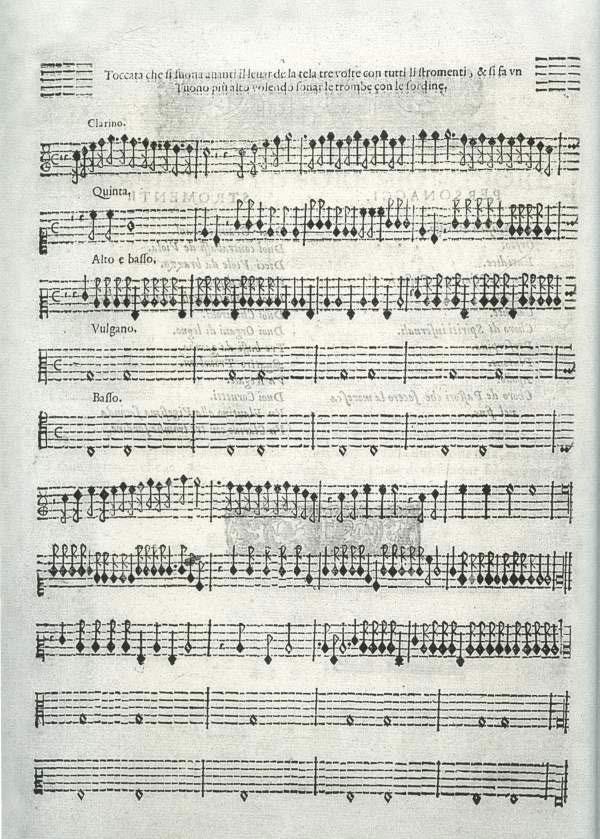
1 minute read
RENAISSANCE
1573 The Florentine Camerata was founded in Italy, devoted to reviving ancient Greek musical traditions, including sung drama.
1598 Jacopo Peri, a member of the Camerata, composed the world’s first opera – Dafne, reviving the classic myth.
Advertisement
1607 Claudio Monteverdi i, (1567-1643) wrote the first opera to become popular, Orfeo, making him as the premier opera composer of his day and bridging the gap between Renaissance and Baroque music. His works are still performed today.
1637 The first public opera house, Teatro San Cassiano, was built in Venice, Italy.
BAROQUE (1600-1750)
1673 Jean Baptiste Lully (1632-1687) an Italianborn composer, brought opera to the French court, creating a unique style, tragédie en musique, that better suited the French language. Blurring the lines between recitative and aria, he created fast-paced dramas to suit the tastes of French aristocrats.
1712 George Frederic Handel
1689 Henry Purcell’s 1659-1695) simple and elegant chamber opera, Dido and Aeneas, premiered at Josias Priest’s boarding school for girls in London.
(1685-1759), a German-born composer, moved to London, where he found immense success writing intricate and highly ornamented Italian opera seria (serious opera). Ornamentation refers to stylized, fast-moving notes, usually improvised by the singer to make a musical line more interesting and to showcase their vocal talent.










